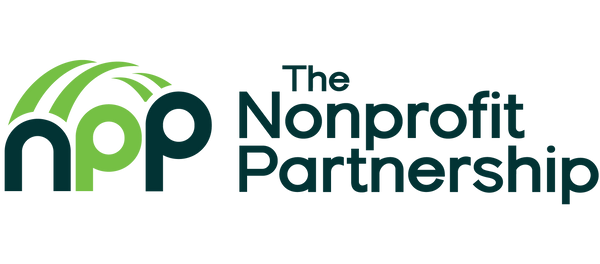
Hyper-Philanthropy is about taking advantage of resources within your organization and your community at-large to foster an environment where staff, board members, and community leaders understand the influence each has on the other and the impact of serving the public good through philanthropy.
This experience is supported by four pillars: Strategic Vision; Culture; Behavioral Economics; and Communication. These form the foundation to build a strong philanthropic response that has the ability to create or enhance an equitable experience for your entire stakeholder community.
Some highlights of these pillars include:
Strategic Vision
Philanthropy is driven by individuals. Individuals are moved to give when they are invited to partner with a strategy that is clearly outlined, articulated, and is demonstrating impact. This is a cooperative and collaborative approach by organizational leadership with very specific roles for governance and staff. When applied correctly, stakeholders recognize that any investment made with the organization whether it’s volunteer hours or a philanthropic gift, will be an investment that shows a measurable return. This return must be viewed as equitable by stakeholders in order to foster long-term sustainability.
Culture
It’s vital that your organization deliberately and thoughtfully create a culture which reflects its mission. If you are a non-profit that provides resources for single parents to promote economic mobility in that family structure, your organization’s board and staff should be represented by single parents and those who have supported the particular challenges of that family dynamic. Furthermore, your organizational policies, procedures, structures, and systems should respond to specific needs that align with your mission, such as remote working options, flex-time, and job-sharing. When you pro-actively shape culture, you pro-actively cultivate DEI principles.
Behavioral Economics
An organizational commitment to understanding the psychological, social, and emotional factors that influence financial decisions and philanthropic behavior across different demographics and cultures will enhance your advancement strategy. Continuous education and training will establish cultivation strategies based upon understanding and empathy, and will reduce historic biases. Again, this is about developing pro-active policies with respect to cultural and behavioral issues because that type of thinking is what’s necessary in order to advance DEI policies. This will also lead to long-term sustainability for your organization.
Communication
Effective communication about your mission, vision, goals, and initiatives is critical. This begins with establishing a branded, effective message that respects your organization’s culture and vision. This message should be clear, concise, and easy to articulate. Its key elements should be outlined and trained throughout leadership staff and volunteers for in-person ambassadorship. It should be written inside brochures and one-page documents for easy distribution. And, it should be clearly available on your website and social media.
How these elements support and enhance an equitable approach within your organization:
- Whatever your mission, your strategy is priority and should include very specific components about DEI such as your commitment to diversity; equitable access; and how your programs strive for and achieve inclusivity.
- Ensuring that every belief you project through the service of your mission is how you practice your day-to-day operations, is the cornerstone of your culture and demonstrates to the very core that you are committed to service.
- Arriving every day to the conclusion that there will be different points of view and respecting the multi-faceted origins of these from person-to-person is the driving force of behavioral economics. Demonstrate a commitment to this through learning, the sharing of resources, and continued dialogue with your team.
- Whatever the initiative, you must be ready to be completely transparent before making it a part of your story. It has to hold with the utmost integrity. Including as many stakeholders as possible as you build a new initiative is best practice for creating a launch platform. Through this, you are inclusive of everyone, from those funding the initiative, to those receiving the benefit. You make sure you are meeting expectations across the board, and everyone will recognize themselves in the effort when it’s established as a regular part of your communication.
With these key areas of focus, your organization will stand firmly upon the pillars of Hyper-Philanthropy and rest assured with its commitment to DEI.
Bharat Krishnan has approximately 15 years of experience in fundraising. During that time, he has been focused on cultivation strategies that emphasize DEI principles (i.e., centering) and pro-actively shaping culture and using behavioral principles to develop annual and major giving programs. He completed his MBA in 2018, focusing his studies on diversity management.

